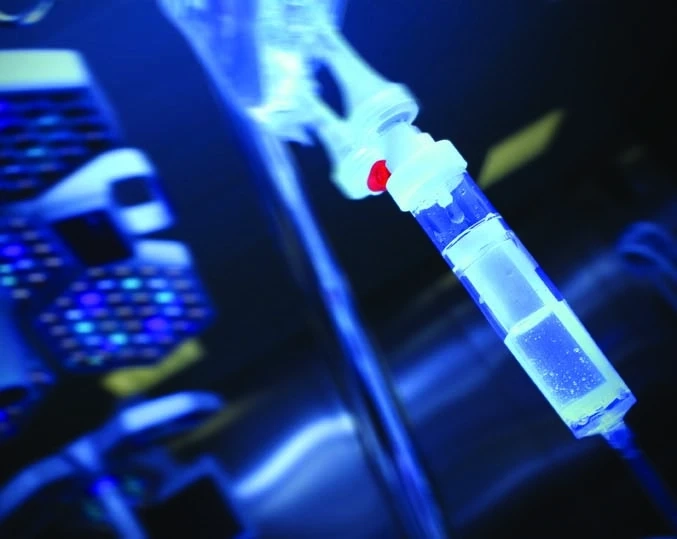Temperature management in critical care environments is particularly important as abnormal temperatures can indicate the onset of serious complications, especially for critically ill patients. Accurate temperature tracking and management measurement enables patients to receive timely intervention and avoid significant, on-going complications. Fortunately, there are a wide variety of critical care products available to assist clinicians provide quality patient care.
Temperature Management
Normally, our temperature is maintained by a section of the brain known as the hypothalamus. The hypothalamus is located at the base of the brain and plays a crucial role in many body functions, including:
● Releasing hormones
● Controlling appetite
● Regulating emotional responses
● Regulating internal body temperature.
The internal body temperature for most humans sits at around the 37℃ mark. This is the temperature point deemed ideal for important chemical reactions and enzyme activity to take place.
It is the role of the hypothalamus to identify situations in which the body’s temperature is outside this range and enact the appropriate response. If your body is too hot, the hypothalamus will send signals to your sweat glands to cool off. On the other hand, if you are too cold, the hypothalamus will send signals to your muscles to shiver and create warmth.
If your body temperature is abnormal and does not respond to the hypothalamus’ efforts to regain control, this can result in detrimental effects on cellular and biochemical functions. Depending on whether you a person is too hot or too cold, their condition will be diagnosed as:
● Fever
Fever, also called pyrexia, is defined as a temperature above the normal body temperature range. There is no agreed-upon limit for temperature but it is generally deemed to be higher than 38℃. A fever can be a sign of viral or bacterial infection.
While fevers are not always a major cause for concern, they can have particularly negative effects on those suffering from physical trauma or pre-existing conditions. If someone has a weakened immune system, a fever can be life-threatening. This is why monitoring and controlling temperature within the critical care environment is so important.
● Hypothermia
Hypothermia is when body temperature drops faster than it can produce heat. A person is deemed to be in a hypothermic state if their internal body temperature is below 35℃. Hypothermia is generally caused by exposure to extremely cold temperatures, rather than any internal condition (such as an infection).
The state of hypothermia correlates with poorer outcomes for critical care patients. Extremely cold temperatures affect the brain, meaning that a patient often doesn’t realise that they are in danger and require medical assistance. If left untreated, hypothermia can lead to respiratory system distress, heart failure, and death.
Methods of temperature measurement
There are two primary methods for temperature measurement: core measurement and peripheral measurement.
Your core body temperature refers to the temperature that your internal organs operate at. Generally speaking, core body temperature does not experience the same fluctuations that peripheral body temperature does. Measuring core body temperature is quite invasive and therefore tends to only take place in a clinical setting. Core temperature can be taken via the rectum, the ear, the oesophagus, or the urinary bladder.
Peripheral temperature is the temperature measurement at the skin level. Peripheral temperature is susceptible to a wide range of external variables as well as immediate changes to internal blood flow. Taking a patient’s peripheral temperature is a reasonably easy process and tends to occur via the skin, mouth, or armpit.
Critical care products used for temperature management
A critical care unit is typically stocked with a wide variety of products that can be used to measure, monitor, and manage internal body temperature.
Patients who enter critical care often experience a disruption of thermoregulation — the body’s ability to keep internal temperature at a safe level for bodily functioning. Whether the patient is suffering from a traumatic brain injury or cardiac arrest, an extreme variation in temperature has the potential to cause significant complications.
Critical care products used in temperature control tend to target peripheral areas of the body, rather than the core. Blankets and gel pads are often utilised by clinicians to cool or warm the body, depending on the patient’s condition. These products harness the latest technology to provide controlled therapy while enabling the clinician to track temperature data and make appropriate decisions relating to further treatment options.
Temperature management is essential within the critical care environment, and appropriate products must be used to safeguard the patients from complications pertaining to fever and hypothermia. Accurate, quality critical care products are essential and can significantly assist patients in a critical care environment.


